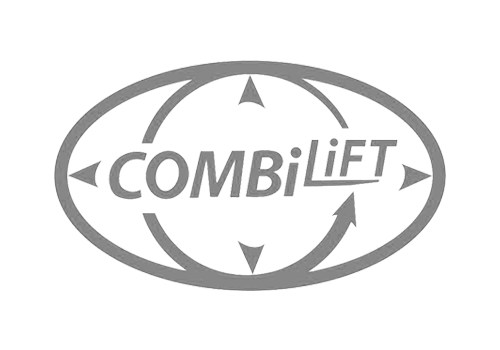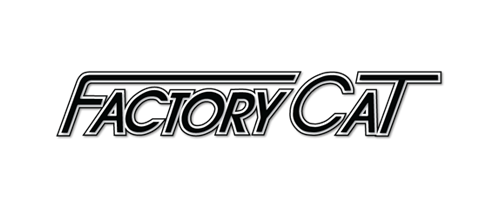Lead-Acid Batteries have many advantages, some of these include their reliability, ability to withstand tough environments, ability to discharge high currents, can be left to trickle charge for prolonged periods. Lead-acid batteries are the least expensive secondary power source, they’re fully recyclable and are safe to use when handled by trained techs and operators. The average electric battery will last 1,500 charge cycles, which is about five years if it’s well-maintained. By providing regularly-scheduled preventative maintenance, you will get the most out of your investment. Here’s some tips to getting the maximum life out of your forklift lead-acid batteries.
Water Levels
Even under normal working conditions, your electric forklift battery will lose water through evaporation. Water levels should be checked every five charges and clean water should be added as needed. Keep an eye on newer batteries and be sure to add new water every week.
If you have a large fleet, single-point watering systems or specialty watering guns are more efficient. For smaller fleets, batteries can be easily filled using water canisters. Make sure the water is only filled up to ¼” above the top of the plates. Water should be added AFTER the battery has been fully charged. Batteries can suffer damage by both under and overwatering.
Washing
Corrosive buildup on batteries can cause damage to the plastic casing, corrode the terminals and shorten the overall battery life. Inspect batteries regularly for corrosion and wash them with water and battery acid neutralizer as needed.
Make sure the battery is completely dried before charging it again. When washing batteries, be sure to follow EPA and OSHA regulations. Wash in a closed-off area with proper wastewater disposal. Make sure personal protective clothing and gear is worn to stay in compliance with regulations.
Equalizing
Make sure to follow specific battery manufacturers specifications for maintaining battery equalization. The controlled process of overcharging batteries to break up the sulphation on the battery plates should be scheduled at regular intervals. This procedure helps to rebalance the electrolytes and rejuvenate the battery. Keep in mind it takes longer than a typical charge and is best done every 5 to 10 charges.
Lead-acid battery maintenance is extensive and time-consuming but it will result in a longer-lasting battery. If you’re interested in low-maintenance lithium-ion batteries, contact your nearest Burns Industrial Equipment location for more information. We have battery experts who would be happy to work with you to select the best battery option for your application.











